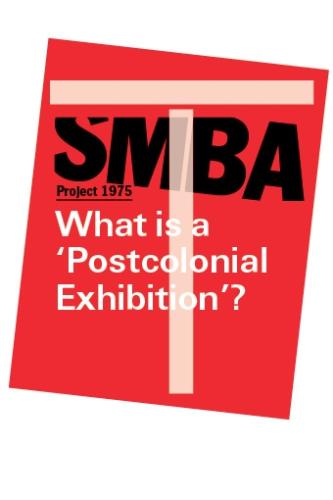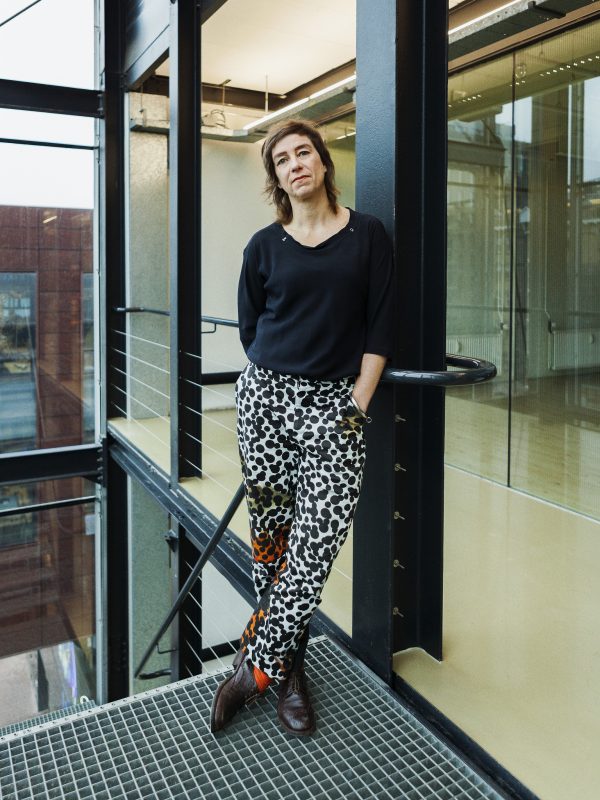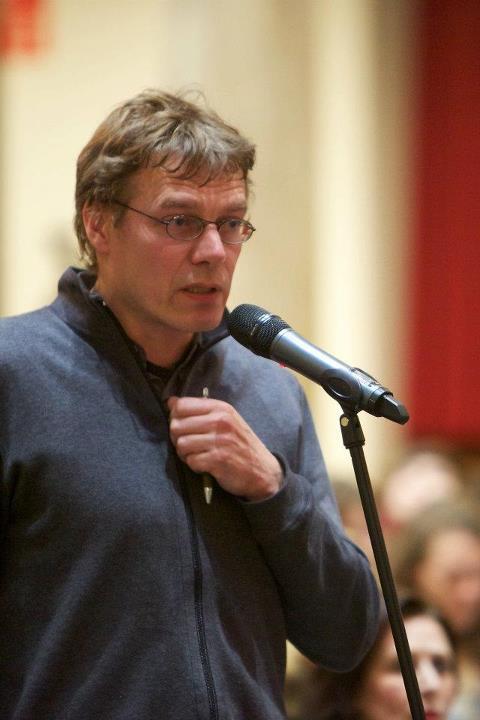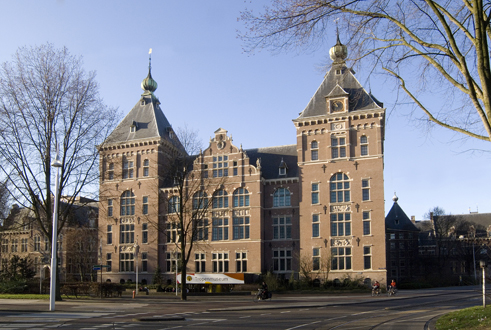 Symposium: What is a Colonial Exhibition? SMBA
Symposium: What is a Colonial Exhibition? SMBA Conference: What is a Post-colonial Exhibition?
The current cultural and political situation in the Netherlands is one that encourages the belief that its postcolonial history is a closed chapter before it has even been written. The reality is that the Netherlands is only now beginning to reflect critically on its colonial past. Art institutions and their strategies of classification, valorization, and display have, only half-heartedly been informed by postcolonial studies, if at all. Many institutions still do not seriously engage with what has often been categorized as ethnographic. Due to recent cuts in arts funding and populist cultural policies, these institutions lack the support to foster dialogues with art produced outside the traditionally defined artistic centers. At the same time, the paradigm of a globalized art impels them to offer serious responses to the legacy of colonialism.
This symposium seeks answers to this challenging situation, presenting a range of institutional practices and scholarly insights to examine a specific aspect of these practices: the exhibition itself and the exhibition strategies that go alongside it. The program starts with a brief history of exhibitions at the Stedelijk Museum in which the issue of (post)coloniality has played a role – some of which were made during colonial times – as well as more recent examples of the museum’s ventures into art outside the “centers.”
Renowned anthropologist Johannes Fabian will talk about his book Time and the Other (1983) and the historic moment in which the timeframe of the modernist West became divided from the timeframe of the “Other.” A subsequent interview will address its topicality for contemporary art exhibitions.
Dutch artist Wendelien Van Oldenborgh will discuss her work, which addresses colonial histories and their legacies in everyday life today. The symposium will also give voice to several institutions that try to incorporate the critical instruments of postcolonialism. Their strategies take into account the recent shifts in history-writing and geopolitical theories, and reflect upon the uneven development of modernity around the globe in order to reconstruct its discordant histories.
In her concluding statement, Irit Rogoff, professor of Visual Cultures at Goldsmiths, University of London, will question the possibilities of periodization of colonialism and address the mobility of the concept itself. Is the postcolonial a model that can be utilized across different cultures? Should the task of the “postcolonial museum” be to think beyond issues of compensation and redress?
The symposium’s main ambition is to tackle key issues facing art institutions now that a new art world cartography has emerged. How do they translate their awareness of new geographies into exhibition policies? What histories are curated and what new narratives constructed? And ultimately, what is a “postcolonial exhibition?”
Speakers and Program
10:00 am Word of Welcome
–Ann Goldstein, Director, Stedelijk Museum
10:10 am Mapping the Field
–Elena Sorokina, art historian and freelance curator: Introduction to exhibiting the postcolonial
–Jelle Bouwhuis, Curator, SMBA: Brief note on the Stedelijk’s global art history
–Johannes Fabian, anthropologist: Introduction to Time and the Other, followed by a public interview
11:30 am Positions 1
–Wendelien van Oldenborgh, artist, Amsterdam
–Chris Dercon, Director, Tate Modern, London
–Kofi Setordji, the Nubuke Foundation, Accra
1:30 pm Lunch Break
2:30 pm Positions 2
–What, How and for Whom (WHW), curatorial collective
–Abdellah Karroum, L’Appartement 22, Rabat, co-curator of Intense Proximity
–Jesús María Carrillo Castillo, head of Cultural Programs, Museo Reina Sofia, Madrid
4:15 pm Tea Break
4:30 pm Wrap Up
–Irit Rogoff, Professor of Visual Culture, Goldsmiths College, London
5:30 pm Closing Remarks and Drinks
Note: Each session will be followed by a Q&A with the audience
- Project 1975 - SMBA
Links
Museology /
Network

Wendelien van Oldenborgh
Artist

